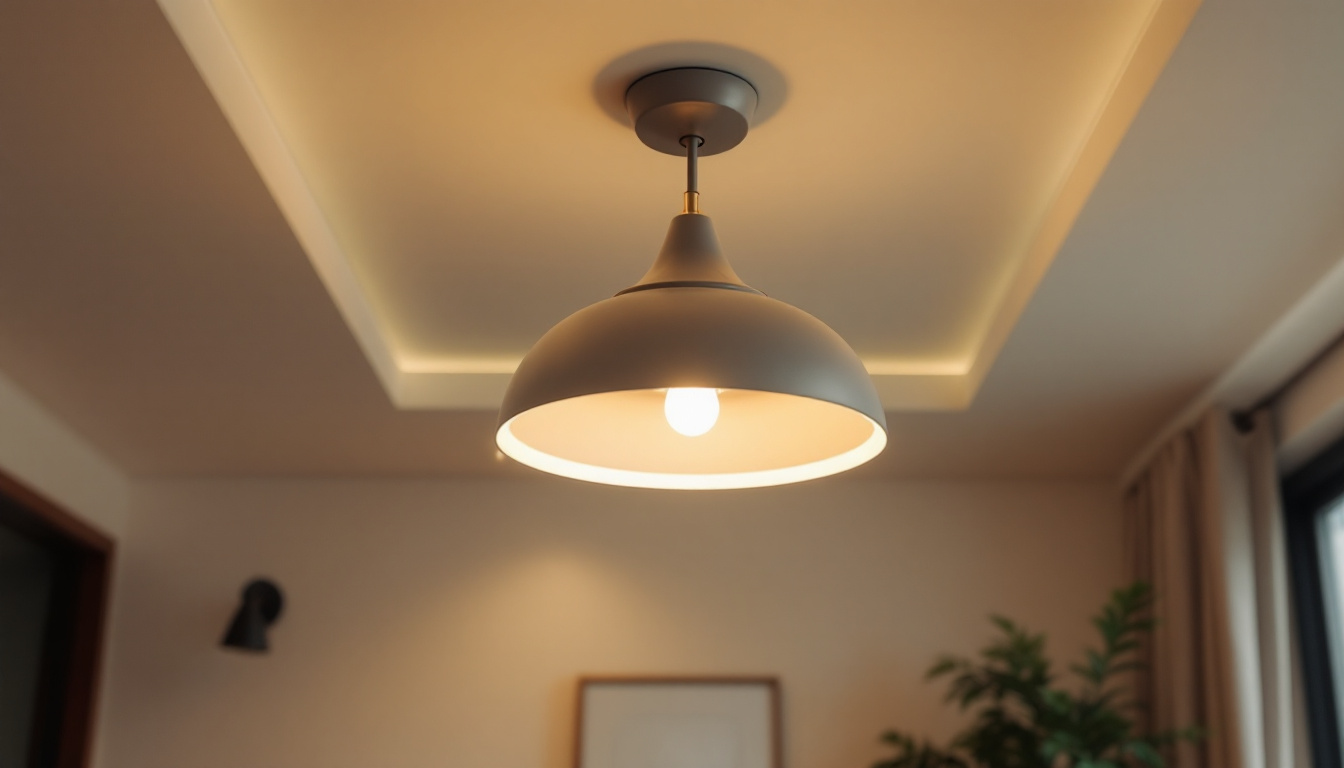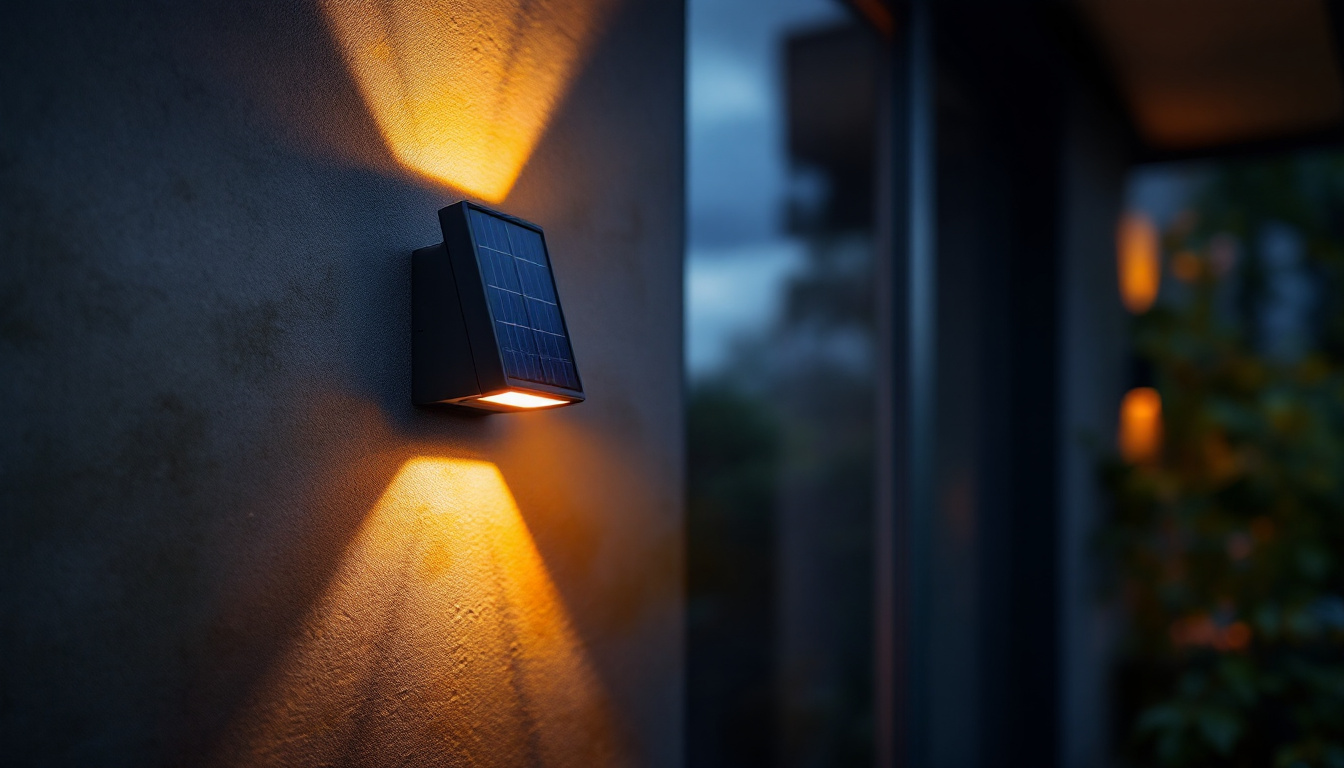
In the realm of interior design and construction, ceiling lights play a pivotal role in shaping the ambiance and functionality of a space. For lighting contractors, understanding the nuances of ceiling light fixtures is essential not only for successful installations but also for enhancing client satisfaction. This article delves into the significance of ceiling lights, the various types available, and the considerations that lighting contractors must keep in mind to ensure optimal results.
Ceiling lights are more than just functional fixtures; they are integral to the overall aesthetic and mood of a room. They provide the primary source of illumination, influencing how spaces are perceived and utilized. For lighting contractors, recognizing the importance of these fixtures can lead to better design choices and enhanced client relationships.
The right ceiling light can dramatically alter the atmosphere of a room. Warm, soft lighting can create a cozy and inviting environment, while bright, cool lighting can energize a space. Understanding the impact of color temperature and brightness levels is crucial for contractors aiming to meet the specific needs of their clients.
Moreover, the strategic placement of ceiling lights can highlight architectural features, artwork, or specific areas within a room. This not only enhances the visual appeal but also adds a layer of functionality, allowing homeowners to tailor their lighting to suit various activities, from entertaining guests to relaxing after a long day. For example, a well-placed pendant light over a dining table can create an intimate setting for family meals, while recessed lighting can provide a clean, unobtrusive look that showcases the beauty of a room’s design.
In addition to aesthetics, ceiling lights must also serve practical purposes. For instance, in kitchens and workspaces, bright, focused lighting is essential for tasks that require precision. In contrast, living rooms may benefit from softer, ambient lighting that promotes relaxation.
Safety is another critical aspect that lighting contractors must consider. Properly installed ceiling lights can prevent accidents and improve visibility in high-traffic areas. Ensuring that fixtures are securely mounted and that wiring is up to code is paramount in maintaining safety standards. Additionally, contractors should be aware of energy-efficient options, such as LED lighting, which not only reduces electricity costs but also generates less heat, minimizing the risk of fire hazards. By educating clients on the benefits of modern lighting solutions, contractors can help create safer and more sustainable living environments.
There is a wide array of ceiling light fixtures available, each with its unique characteristics and applications. Understanding these types can help lighting contractors recommend the best options for their clients’ needs.
flush mount lights are a popular choice for many residential and commercial spaces due to their sleek design and versatility. These fixtures are mounted directly against the ceiling, making them ideal for rooms with low ceilings where hanging fixtures might not be practical.
Available in various styles and finishes, flush mount lights can complement any decor, from modern to traditional. Their unobtrusive design allows them to blend seamlessly into the ceiling, providing ample illumination without overwhelming the space. Additionally, many flush mount lights now incorporate energy-efficient LED technology, which not only reduces energy costs but also extends the lifespan of the fixture, making them a smart choice for eco-conscious consumers.
pendant lights offer a stylish alternative to traditional ceiling fixtures, hanging from the ceiling by a cord, chain, or rod. They are often used to create focal points in dining areas, kitchens, or entryways. The versatility of pendant lights allows for creative design choices, with options ranging from minimalist designs to elaborate, decorative pieces.
When selecting pendant lights, contractors should consider the height at which they will be installed. Proper placement is key to ensuring that the light is both functional and visually appealing. Additionally, using multiple pendants in a row can create a striking effect, enhancing the overall design of the space. For instance, a series of pendant lights over a kitchen island not only provides necessary task lighting but also adds a layer of visual interest, making the area feel more inviting and stylish.
chandeliers are synonymous with elegance and sophistication. These fixtures can serve as statement pieces in dining rooms, entryways, or large living spaces. Available in a multitude of styles, sizes, and materials, chandeliers can dramatically enhance the aesthetic appeal of a room.
Lighting contractors should be mindful of the scale of the chandelier in relation to the room size. A well-proportioned chandelier can create a stunning focal point, while an oversized or undersized fixture may disrupt the visual balance of the space. Furthermore, modern chandeliers often incorporate smart technology, allowing homeowners to control brightness and color temperature via smartphone apps or voice commands, adding an additional layer of convenience and customization to their lighting experience. This blend of traditional elegance with modern functionality makes chandeliers a popular choice for those looking to elevate their home decor while embracing contemporary trends.
When it comes to ceiling lights, lighting contractors must consider several factors to ensure successful installations and satisfied clients. From understanding client preferences to adhering to safety regulations, these considerations can make a significant difference in the outcome of a project.
Engaging with clients to understand their lighting preferences is a crucial step in the design process. Lighting contractors should ask questions about the intended use of the space, the desired ambiance, and any specific styles or features the client envisions. This information can guide the selection of appropriate fixtures and help tailor solutions to meet individual needs.
Additionally, presenting clients with a range of options can facilitate informed decision-making. Providing samples or visual aids can help clients visualize how different fixtures will look in their space, ultimately leading to greater satisfaction with the final result. Contractors might also consider incorporating virtual reality tools or 3D modeling software, which can offer clients an immersive experience and a clearer understanding of how various lighting designs will interact with their interiors.
In today’s environmentally conscious market, energy efficiency is a significant consideration for both contractors and clients. LED ceiling lights have become increasingly popular due to their longevity and energy-saving capabilities. By recommending energy-efficient fixtures, contractors can help clients reduce their energy bills while also contributing to a more sustainable future.
Moreover, understanding the latest advancements in lighting technology, such as smart lighting systems, can provide additional value to clients. These systems allow for customizable lighting options, enabling homeowners to adjust brightness and color temperature according to their preferences and activities. Additionally, integrating sensors that adjust lighting based on occupancy can further enhance energy savings and convenience, making the home more efficient and responsive to its inhabitants’ needs.
Compliance with local building codes and regulations is paramount for lighting contractors. Proper installation of ceiling lights must adhere to safety standards to prevent hazards such as electrical fires or falls. Familiarity with these codes ensures that installations are not only aesthetically pleasing but also safe and reliable.
Contractors should also stay updated on any changes in regulations or industry standards. This knowledge not only protects the contractor from potential liabilities but also enhances their reputation as a trustworthy professional in the field. Furthermore, establishing relationships with local building inspectors can be beneficial; these connections can provide valuable insights into upcoming code changes and foster a collaborative approach to ensuring compliance, ultimately benefiting both the contractor and their clients.
Successful installation of ceiling lights requires a combination of technical skills and attention to detail. Lighting contractors should follow best practices to ensure that fixtures are installed correctly and function as intended.
Wiring is a critical component of ceiling light installation. Contractors must ensure that all wiring is done according to code and that connections are secure. Using the appropriate gauge wire for the load and ensuring that all connections are properly insulated can prevent electrical issues down the line.
Additionally, contractors should be familiar with the specific requirements for different types of fixtures. For example, chandeliers may require additional support due to their weight, while flush mount lights may have different wiring needs. Understanding these nuances can lead to safer and more efficient installations.
After installation, thorough testing of the fixtures is essential. Contractors should check for proper functionality, ensuring that all lights illuminate as intended and that there are no flickering issues. This step is crucial in identifying any potential problems before the client takes possession of the space.
Quality control measures should also extend to the overall appearance of the installation. Ensuring that fixtures are level, securely mounted, and free from visible wiring can enhance the professionalism of the contractor’s work and leave a positive impression on the client.
Ceiling lights are a fundamental aspect of interior lighting design, playing a crucial role in both functionality and aesthetics. For lighting contractors, understanding the various types of fixtures, the importance of client consultation, and adherence to safety regulations is vital for successful installations. By prioritizing energy efficiency, employing best practices in wiring and installation, and maintaining a focus on quality, contractors can elevate their services and enhance client satisfaction.
As the demand for innovative and stylish lighting solutions continues to grow, staying informed about the latest trends and technologies will empower lighting contractors to meet and exceed client expectations. Ultimately, the right ceiling light fixture can transform a space, making it not only more beautiful but also more functional, and that is what truly matters in the world of lighting design.
Ready to elevate your lighting installations with the perfect blend of quality, affordability, and convenience? Look no further than LumenWholesale. We provide lighting contractors with spec-grade lighting products at unbeatable wholesale prices, ensuring every project shines without breaking the bank. Say goodbye to inflated markups and hello to our vast selection of reliable, high-performance lighting options. Plus, with free shipping on bulk orders, you can stock up on premium lighting effortlessly. Don’t compromise on excellence—choose Wholesale Lighting at the Best Value and make your next project a beacon of success with LumenWholesale.

Discover the essential fluro light wiring diagram every lighting contractor must know.

Discover the essential guide for lighting contractors on selecting the perfect tanning bed replacement bulbs.

Discover essential compliance guidelines for solar wall lights that every lighting contractor should know.

Discover the essential strategies lighting contractors use to source and manage fan replacement parts efficiently.